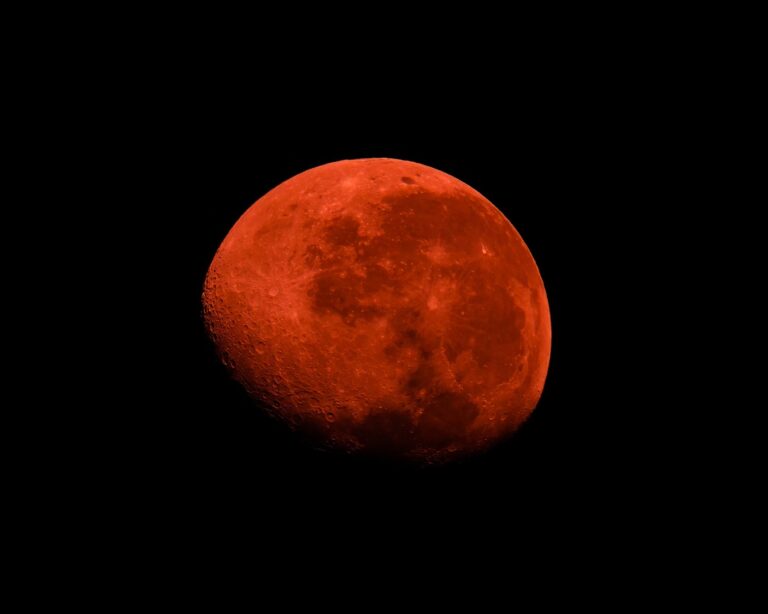This Sunday, 7 September, a blood-red lunar eclipse—the longest since 2022—will be visible across much of Europe. During this total eclipse, the Earth passes directly between the sun and the moon, casting its shadow fully on the lunar surface. Only red-tinted light refracted through Earth’s atmosphere will reach the moon, giving it the dramatic “blood moon” appearance.
Historically, blood moons have carried deep cultural meanings. In Babylon, China, and Central America, they were often seen as ominous signs—portents of wars, disasters, or the deaths of rulers. In contrast, some African communities, like the Batammaliba of Togo and Benin, interpret lunar eclipses as opportunities for renewal and reconciliation, symbolically “resolving conflicts” between the sun and the moon.
Today, the interpretation remains split between science and astrology. Astronomers, like Dr. Florian Freistetter, view eclipses as fascinating natural events and warn against linking them to personal or societal outcomes. Astrology, however, treats such events as markers of change or turning points, reflecting symbolic cycles rather than causal forces. Astrologers stress structured systems, from zodiac signs to planetary aspects, that guide interpretations, emphasizing correlations and archetypes rather than physics.
Historically, celestial events also influenced politics. Former French President François Mitterrand famously consulted astrologer Élizabeth Teissier for both personal and state matters, demonstrating the enduring human fascination with the skies.
Whether seen as science, symbolism, or both, this weekend’s blood moon offers a visually stunning spectacle. As Dr. Freistetter notes, “We are lucky to live on a planet where we can observe something like this.” For Europeans, the lunar eclipse will be a moment to marvel at the cosmos—free from apocalyptic consequences, yet rich in cultural and historical significance.


